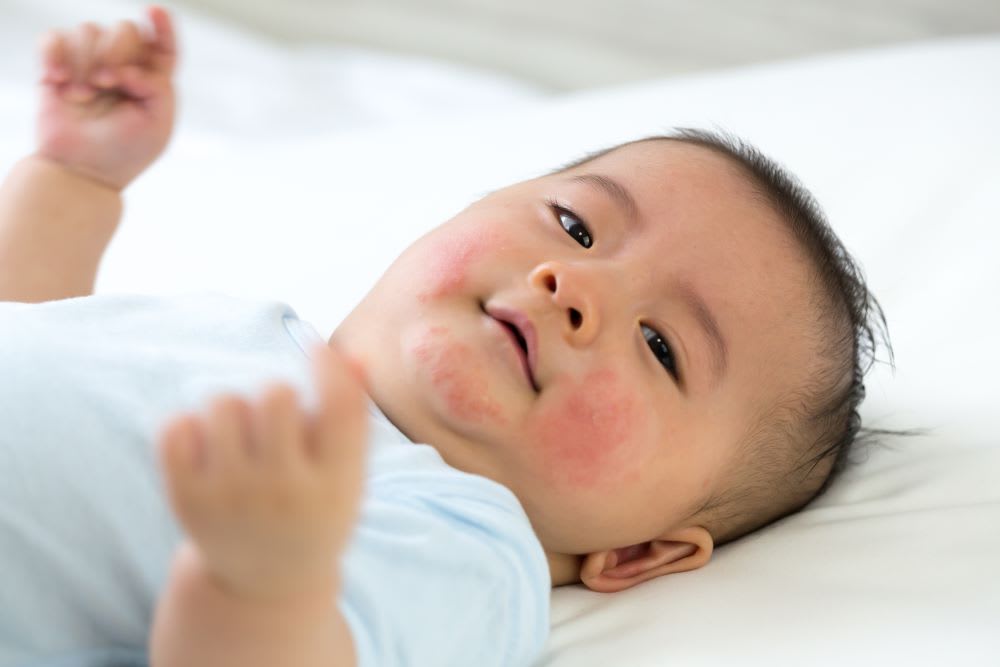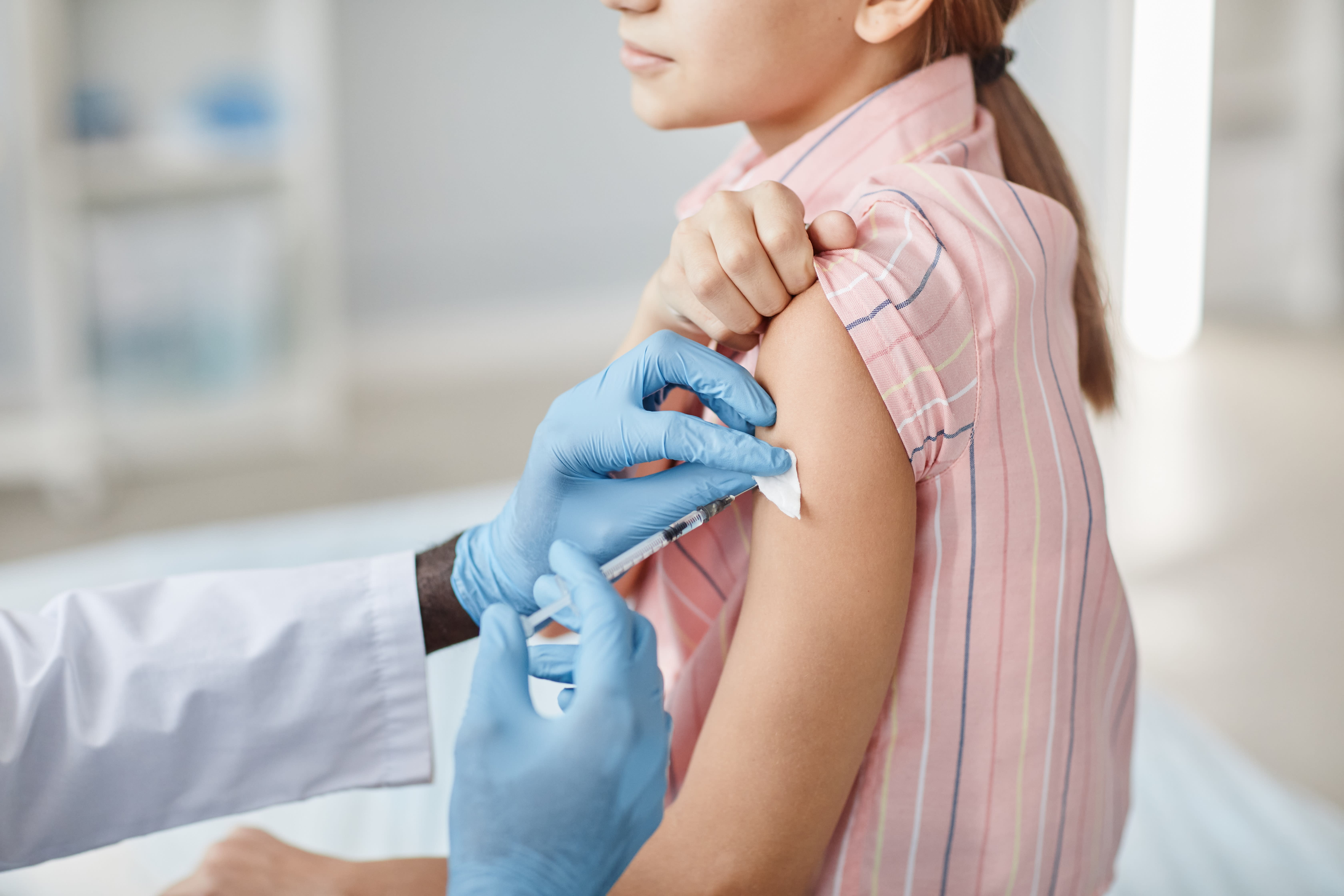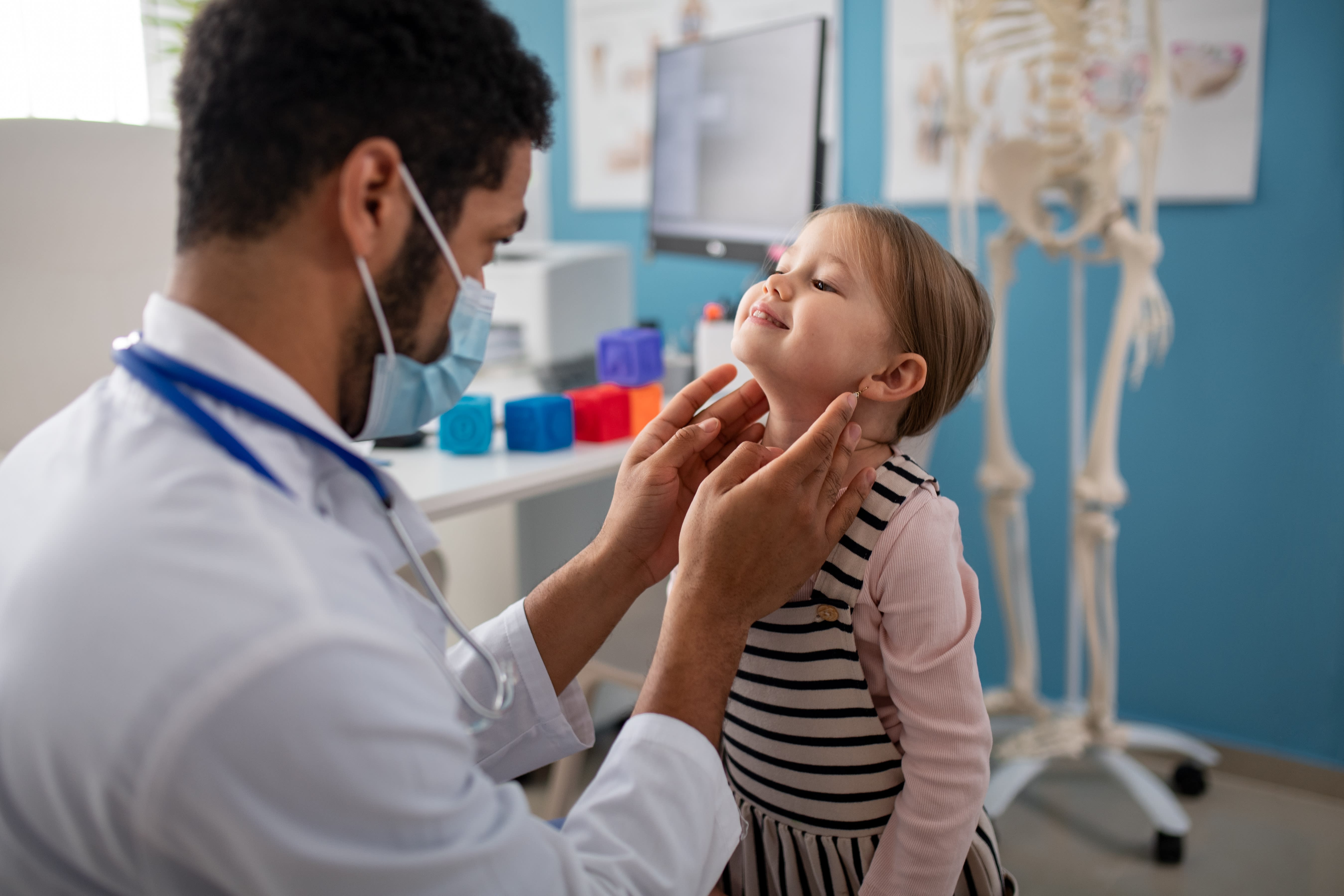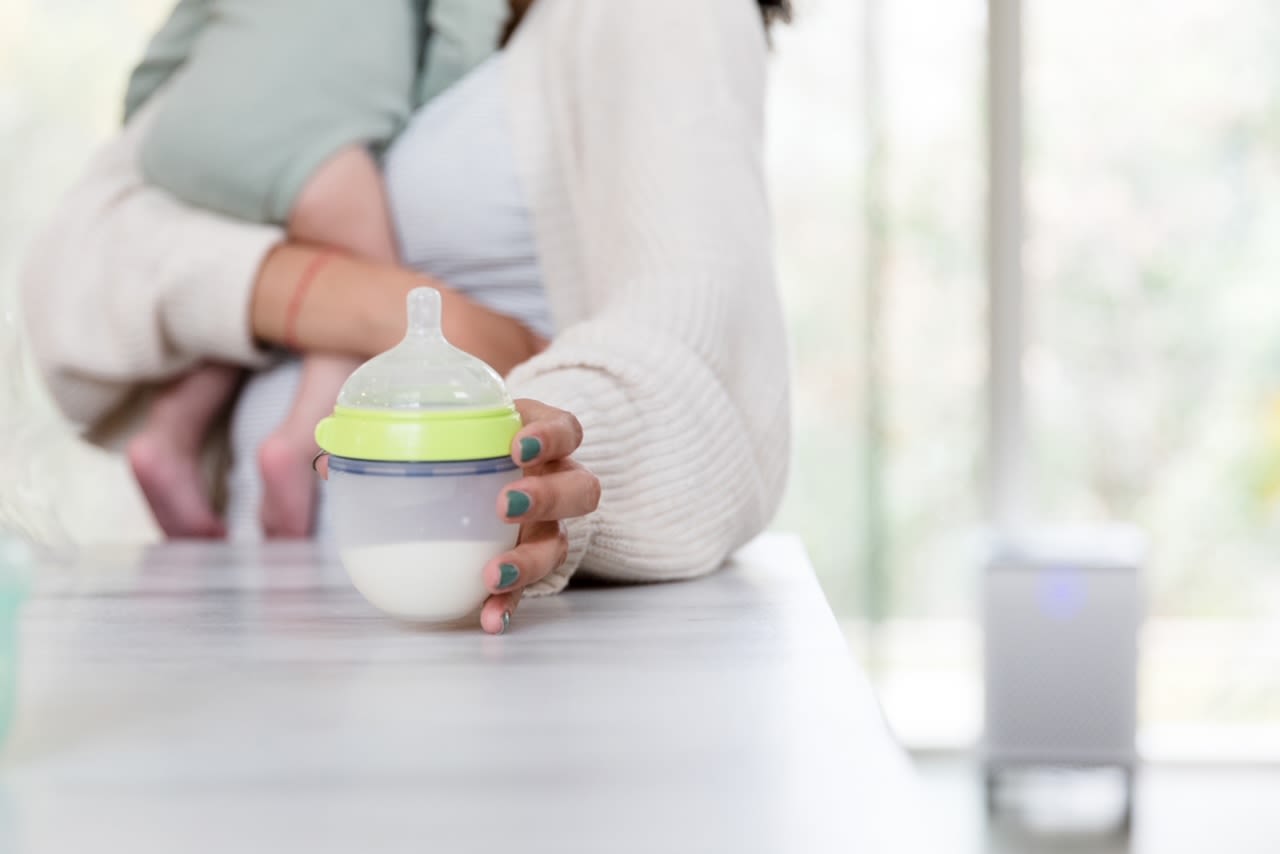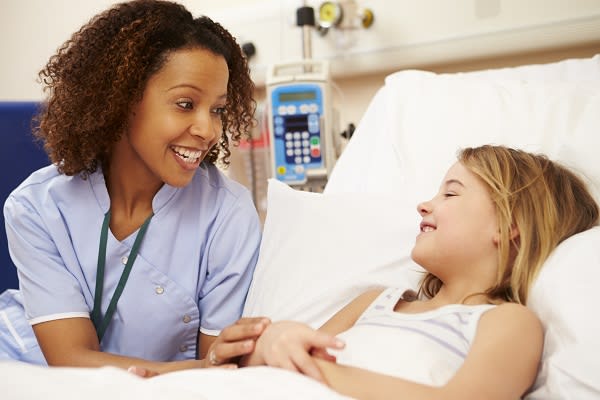If you’ve come across more children with rosy-colored cheeks lately, the reason may not be a flush of excitement or a rush of embarrassment. There is an uptick in the number of cases of Fifth disease, also known as “slapped cheek disease,” according to a health bulletin released by the Centers for Disease Control (CDC) in mid-August. While generally not a worrisome condition, Fifth disease could be concerning to pregnant people and those who are immunocompromised.
It usually follows a seasonal pattern with peaks in the spring and winter, when it is known to make the rounds in daycares and elementary schools. According to the recent CDC bulletin, the greatest increase in infection occurred in children who are 5 years old to 9 years old with a surge from 15% during 2022 to 2024 to 40% in June 2024 alone. “Typically this is a mild disease for the majority of the population,” said Stamford Health Chair of Pediatrics, Dr. Raul Arguello. “That said, there are populations at risk — pregnant people or those who are immunocompromised — who should be more aware of possible exposure.”
Pregnant people who believe they have been exposed to Fifth disease should call their obstetrician. The physician will conduct a test for the presence of antibodies, which would protect you from an infection. And in that, there lies comforting news: “Most of us have the antibodies, meaning we won’t catch it again,” said Arguello, a seasoned pediatric endocrinologist. “By age 20, about half of the population has been exposed and is immune to parvovirus B19.” By age 40, more than 70% of adults have detectable antibodies.
“Even if you have an acute infection, there's a relatively small chance that it would be passed to the fetus,” said Arguello. About 1 in 400 pregnant women are infected each year in the United States, according to the American Pregnancy Association, with the majority having healthy babies. To monitor your health and your fetus’, your physician will likely order additional sonograms and require more frequent visits to monitor the fetus’ health.
When it comes to prevention, common sense is key, says Arguello. “It spreads similarly to COVID-19, so good hand-washing and wearing a mask, if needed, will go a long way,” he said.
And, of course, staying away from sick children, even those without rosy cheeks. “The tricky part with this virus is that by the time the rash comes, the child is not infectious anymore,” said Arguello, explaining that the contagious period is about four days to three weeks before when there are just mild symptoms. “By the time the ‘slapped cheek’ appears, then you know that it’s Fifth disease,” noted Arguello. If you’re concerned about exposure, call your doctor, who may recommend an antibody test.
“The good thing is that we’re not dealing with a new disease,” says Arguello. “It’s a mild disease that isn’t associated with a high rate of complications, which is why we don’t have a vaccine for it.”
Although there is an increase in reported cases recently, Arguello stresses that the best way to prevent spreading Fifth disease is being aware of it — and washing your hands regularly for at least 20 seconds.
What Is Fifth Disease?
Caused by a parvovirus B19 infection, the telltale sign of Fifth disease (or Erythema Infectiosum) is typically a red rash on the cheeks of children, hence the nickname “slapped cheek disease.” While the rash appears in the cheeks first, it later spreads to the trunk, arms, and thighs. In addition to the rash, other symptoms for children are similar to a common cold with a mild fever, headache, and a stuffy or running nose.It usually follows a seasonal pattern with peaks in the spring and winter, when it is known to make the rounds in daycares and elementary schools. According to the recent CDC bulletin, the greatest increase in infection occurred in children who are 5 years old to 9 years old with a surge from 15% during 2022 to 2024 to 40% in June 2024 alone. “Typically this is a mild disease for the majority of the population,” said Stamford Health Chair of Pediatrics, Dr. Raul Arguello. “That said, there are populations at risk — pregnant people or those who are immunocompromised — who should be more aware of possible exposure.”
I’m Pregnant; Should I Worry About Fifth Disease?
However, if you’ve come into contact with Fifth disease, there’s no reason to panic. “The chances of getting an infection from parvovirus B19 while pregnant is relatively low,” said Arguello, adding that the chances of passing the virus to a fetus is relatively small. If an infection is passed to a fetus, the CDC notes that “most cases of fetal parvovirus B19 infection resolve spontaneously without adverse outcomes.”Pregnant people who believe they have been exposed to Fifth disease should call their obstetrician. The physician will conduct a test for the presence of antibodies, which would protect you from an infection. And in that, there lies comforting news: “Most of us have the antibodies, meaning we won’t catch it again,” said Arguello, a seasoned pediatric endocrinologist. “By age 20, about half of the population has been exposed and is immune to parvovirus B19.” By age 40, more than 70% of adults have detectable antibodies.
“Even if you have an acute infection, there's a relatively small chance that it would be passed to the fetus,” said Arguello. About 1 in 400 pregnant women are infected each year in the United States, according to the American Pregnancy Association, with the majority having healthy babies. To monitor your health and your fetus’, your physician will likely order additional sonograms and require more frequent visits to monitor the fetus’ health.
Parvovirus B19 Exposure If You’re Immunocompromised
In addition to pregnant people, those who are immunocompromised — including patients undergoing cancer treatment, those with blood disorders such as sickle cell, and those with an HIV infection — are also at an increased risk should they contract parvovirus B19. If you have been exposed to Fifth disease and do not have any antibody protection, an infection could cause chronic or transient aplastic anemia, according to the CDC. If you suspect exposure, you should alert your physician.How To Cut Your Risk Of Catching Fifth Disease
As many parents can attest, contracting Fifth disease is a minor inconvenience for most children. As an adult, though, you may experience swollen or achy joints and a rash (albeit typically not on the cheeks), similar to Lyme disease. “For most of us, it’s nothing to worry about,” said Arguello.When it comes to prevention, common sense is key, says Arguello. “It spreads similarly to COVID-19, so good hand-washing and wearing a mask, if needed, will go a long way,” he said.
And, of course, staying away from sick children, even those without rosy cheeks. “The tricky part with this virus is that by the time the rash comes, the child is not infectious anymore,” said Arguello, explaining that the contagious period is about four days to three weeks before when there are just mild symptoms. “By the time the ‘slapped cheek’ appears, then you know that it’s Fifth disease,” noted Arguello. If you’re concerned about exposure, call your doctor, who may recommend an antibody test.
“The good thing is that we’re not dealing with a new disease,” says Arguello. “It’s a mild disease that isn’t associated with a high rate of complications, which is why we don’t have a vaccine for it.”
Although there is an increase in reported cases recently, Arguello stresses that the best way to prevent spreading Fifth disease is being aware of it — and washing your hands regularly for at least 20 seconds.
Featured Expert/ Author


